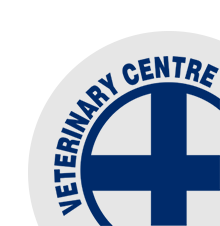Copper Complacency in Replacement Dairy Stock
/Unfortunately many of you will know that feeling of absolute despair when a healthy two year old heifer who has just come into the herd spontaneously fractures its humerus and has to be destroyed. There is often a difficult conversation with staff about stock handling and welfare regarding the possible cause of the fractured leg.
Although two-year-olds are more commonly affected, three-year-olds can also be affected and the condition is usually encountered up to two months after calving. The onset is sudden and there is no humane treatment available other than immediate slaughter.
Extensive research at Massey University has failed to pinpoint an exact cause, however it did uncover some closely associated risk factors.
Copper deficiency.
Under nutrition.
Replacement dairy cattle spend a lot of time away from the milking platform where they are managed extensively and fed a mostly pasture/winter crop diet. Replacements, therefore, are at higher risk of developing Cu deficiency than a herd being fed PKE if there is no trace mineral monitoring and supplementation.
How do we boost young stock copper levels in April/May to ensure adequate levels over the winter/early spring period?
Copacap bullets. Bolus’s are the most long acting copper product and generally effective for 6-9 months.
Coppermax. Copper injection. Dosing needs to be repeated every 3 months.
Multimin. A combination injectable product which provides: Copper, Selenium, Zinc and Manganese. Dosing needs to be repeated every 3 months.





